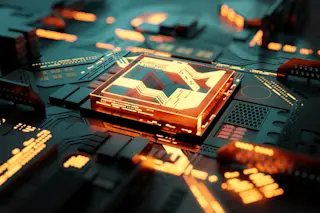Dinky but incredibly accurate: the new atomic clock is the size of a matchbox.
What’s the News: The world’s smallest atomic clock has just hit the market, for a cool $1,500. It’s about the size of a cellphone battery, 100 times smaller than earlier clocks, and uses 100 times less power. But don’t reach for your wallet just yet: unless you’re planning to explore a deep-sea trench, snazzy as this new clock is, it won’t give you the time of day. How the Heck:
Atomic clocks keep time in millionths of a second. They draw this remarkable ability from tuning microwave frequencies to the oscillation of atoms, usually cesium, between energy states (and radioactivity has nothing to do with it, in case you were wondering). But they don’t have a friendly little LED display—they’re used mainly to keep devices synchronized and won’t ever show up with a watchband.
The major ...













